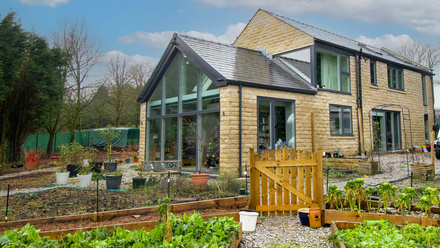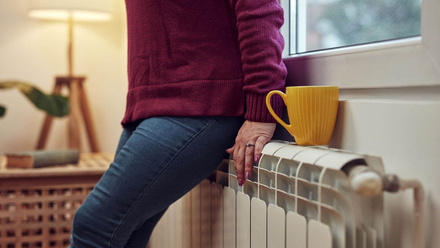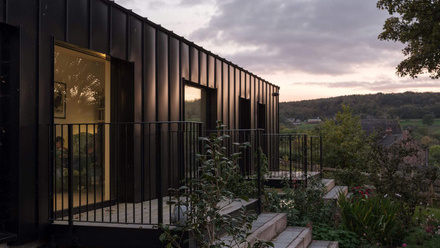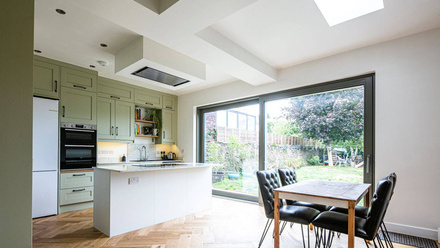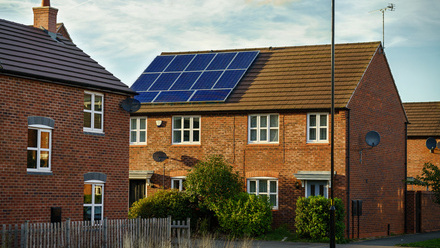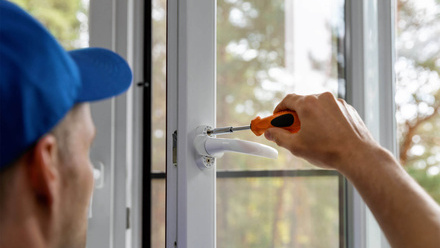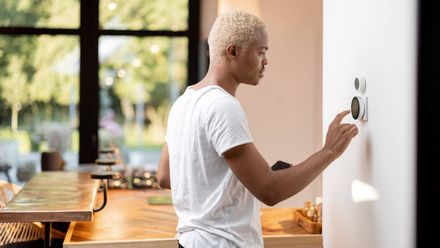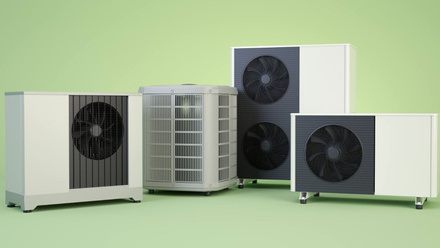The National Retrofit Strategy, authored by the FMB and adopted by the Construction Leadership Council, explains how homes in the UK use 35% of all energy consumption and emit 20% of total carbon dioxide emissions.
The UK Government has set targets for a 68% reduction in greenhouse gas emissions by 2030, and to bring all emissions to net zero by 2050. Homeowners have a significant role to play in meeting those deadlines, with the majority of the UK’s 28 million homes needing to be improved through retrofit works.
Here we explore the ways you can improve the energy efficiency of your home.
What does ‘retrofit’ mean?
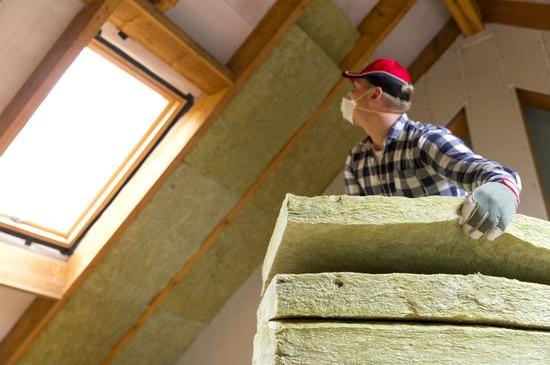
According to Dictionary.com, ‘retrofit’ means ‘to install, fit or adapt (a device or system) for use with something older’. In the context of the home, retrofitting a property involves upgrading features of an older property, such as heating systems and insulation, with more modern and energy efficient products and systems.
The environmental benefits of retrofitting homes are clear but making your home more energy efficient can also improve your health, as well as saving you money on bills.
“A warm, well-ventilated home is much healthier to live in,” says Ian Preston, Head of Household Energy Services at The Centre for Sustainable Energy. “Cold homes have been shown to have a direct impact on our health, they can exasperate conditions such as respiratory disorders or cardiovascular disease, as well as mental health.”
Often, people focus on installing renewables but there are many small changes that can be made which can have a significant impact, and there is a clear order in which works should be carried out.
How can I make my home more energy efficient?
- Firstly, consider what behavioural changes you can make to reduce bills and emissions, such as how and when you use the heating system and electrical appliances.
- Next, look at inexpensive measures, such as replacing appliances with energy efficient ones (A rated or A+) and using energy efficient lighting such as LEDs.
- Then focus on the fabric of the property and measures to lower heat demand such as draught-proofing and installing more energy efficient windows and doors. According to the Energy Saving Trust nearly a third of all the heat lost in an uninsulated home escapes through the walls, and you can lose 25% of heat through the roof, so installing insulation -be it cavity wall, solid wall, roof and loft or floor - can have a massive impact. You can also insulate radiators and pipes to keep them hotter for longer.
- Only when you have made your home as energy efficient as possible should you look at measures such as solar PV panels or air-source heat pumps.
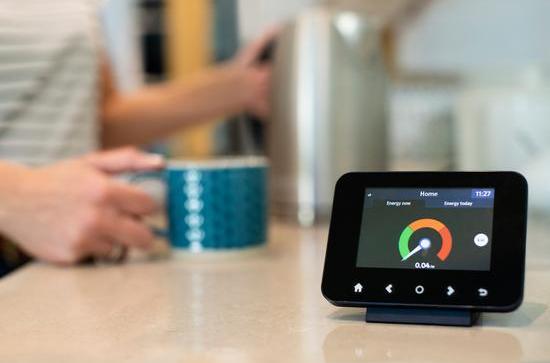
“The best way to tackle it is to approach things in that order, so look at behavioural changes, lower cost energy efficiency measures, the fabric of the property, and then look at heating in terms of low carbon and then renewables,” says Preston. “You need to make sure that your home is fit for retrofit first.”
The National Retrofit Strategy suggests that retrofit should be carried out alongside typical home improvement works, which it says: “represent opportunities to trigger measures to help us along the path to net zero.”
Another important consideration when looking to improve the energy efficiency of your home is that you may have to “undo” work that has previously been carried out.
“Sometimes the best thing to do to your home is to take something away or change something,” explains Preston. “Particularly older buildings which have been internally plastered with a cement-based plaster rather than lime render, for example, or where the pointing has been replaced with cement.”
How much will it cost to retrofit my home?
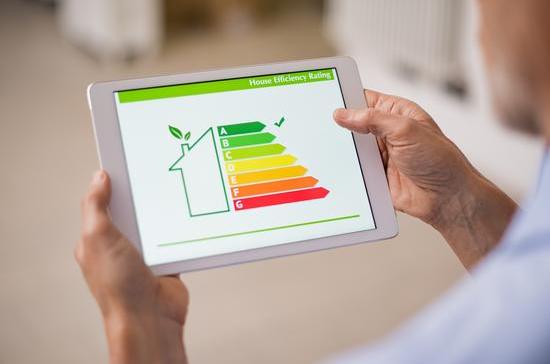
The cost of retrofit works will vary depending on the type of work you are planning, the size of your property, and the quality of the materials being used.
“There’s a lot to consider and price is a factor but don’t necessarily always focus solely on price as this could potentially drive down the quality of the materials being used and that is particularly important in terms of energy-efficiency. If you’ve got an older building that needs to breath the materials are really important,” says Preston.
A good place to start is by getting a retrofit survey, through a company like Retrofit Works. This will give you a list of energy-saving measures to tackle for your house, in order of priority - listing which will give you the biggest energy gain at the top. This can help identify issues you might not have noticed and can help you to spread the cost - as you can work through the list as and when funds allow.
Start your research by checking out our latest Home Picks 2023 buying guides to read up on the best ground source heat pumps and the best air source heat pumps, and to compare the best solar panels.
With climate change remaining high on the agenda, we all need to reduce our carbon footprint, so don’t put it off, find out how you can decrease your home’s carbon emissions.



